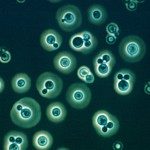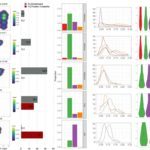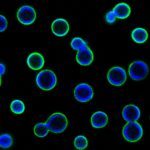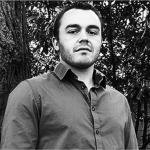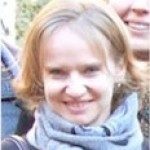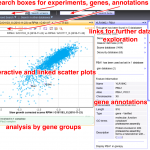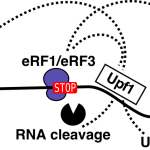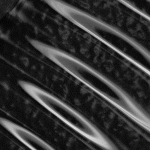Education
Medical Degree (1996), Cluj, Romania – scientific report on a method for multiple substrate enzyme kinetics parameter estimation. PhD in biochemistry (2001) supervised by Mircea Cucuianu, Cluj, Romania, on the characterisation of proteins through complex purification and mass-spectrometry identification. Habilitation for PhD supervising, HDR (2010) Paris Diderot University (now part of Université Paris Cité).
Honors
Silver medal at the 22nd International Chemistry Olympiad (1990), Thérèse Lebrasseur prize (2019)
Past achievements
(PubMed publications or Google Scholar citations. All my publications or author manuscripts are on HAL-Pasteur)
Deadenylation and its relative importance for mRNA degradation
The textbook version of RNA degradation mechanisms describes deadenylation as the limiting step in the process. Previous publications and our own results (EMBOJ, 2024) tend to demonstrate that this texbook view is far from the reality of the complex processes involved in mRNA degradation. We used cutting edge methods of gene inactivation (inducible degron), RNA sequencing (Nanopore) and mRNA dynamics analysis (metabolic labeling and chase) to show that it is rather the rated of decapping that is limiting in yeast mRNA degradation and that even when deadenylation is slowed down, reporter and endogenous mRNA maintain their stabilities.
Translation-dependent mRNA degradation in yeast involves unexplored mechanisms and substrates
 The main project on NMD and RNA degradation pathways was funded through ANR: CleaNMD, ANR-14-CE10-0014, 2014-2018, and DEFineNMD, ANR-18-CE11-0003, 2019-2023. We benefit from support from the French Ministry of higher education, research and innovation and from the “Fondation ARC pour la recherche sur le cancer“.
The main project on NMD and RNA degradation pathways was funded through ANR: CleaNMD, ANR-14-CE10-0014, 2014-2018, and DEFineNMD, ANR-18-CE11-0003, 2019-2023. We benefit from support from the French Ministry of higher education, research and innovation and from the “Fondation ARC pour la recherche sur le cancer“.Genetic interaction profiles are excellent predictors of gene function
In search for new ways to explore gene function, I participated to the development of a method that allows to measure on a large scale the impact on growth of introducing mutants of two different genes in the same strain (Genetic Interactions Mapping, GIM). The best predictor for an unknown gene function can be found by correlating the profiles of sensitivity of mutants to a range of perturbations (PNAS, 2008). A larger scale genome-wide set of screens that I coordinated, led to results that identified new genes involved in RNA transport, maturation and degradation (Nucleic Acids Res, 2021) and triggered several collaborative publications (e.g. Nature Comm 2021, Antimicrob Agents Chemother 2016, Nucleic Acids Res 2014, PNAS 2013).

Ribosome biogenesis occurs through ordered assembly of dozens of proteins
My work on ribosome biogenesis started with one of the first purification of precursors to the 60S ribosomal subunit, the identification of new factors (EMBO J, 2001) and the first demonstration of an assembly order in this highly complex and conserved pathway (Mol Cell Biol 2003). To establish in which order the 120 factors involved in the formation of 60S ribosomal subunits assemble, I pioneered the use of quantitative mass- spectrometry and combinations of mutants for the study of large complexes assembly (Nucl Acids Res, 2008, 2013).(Mastodon link)

